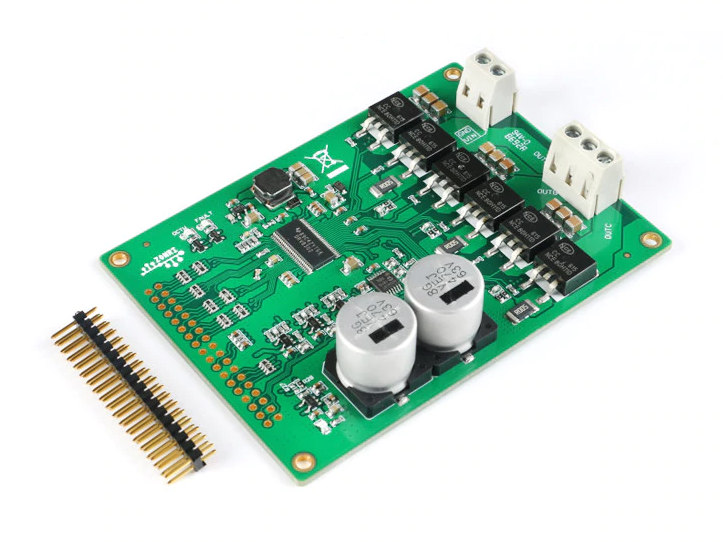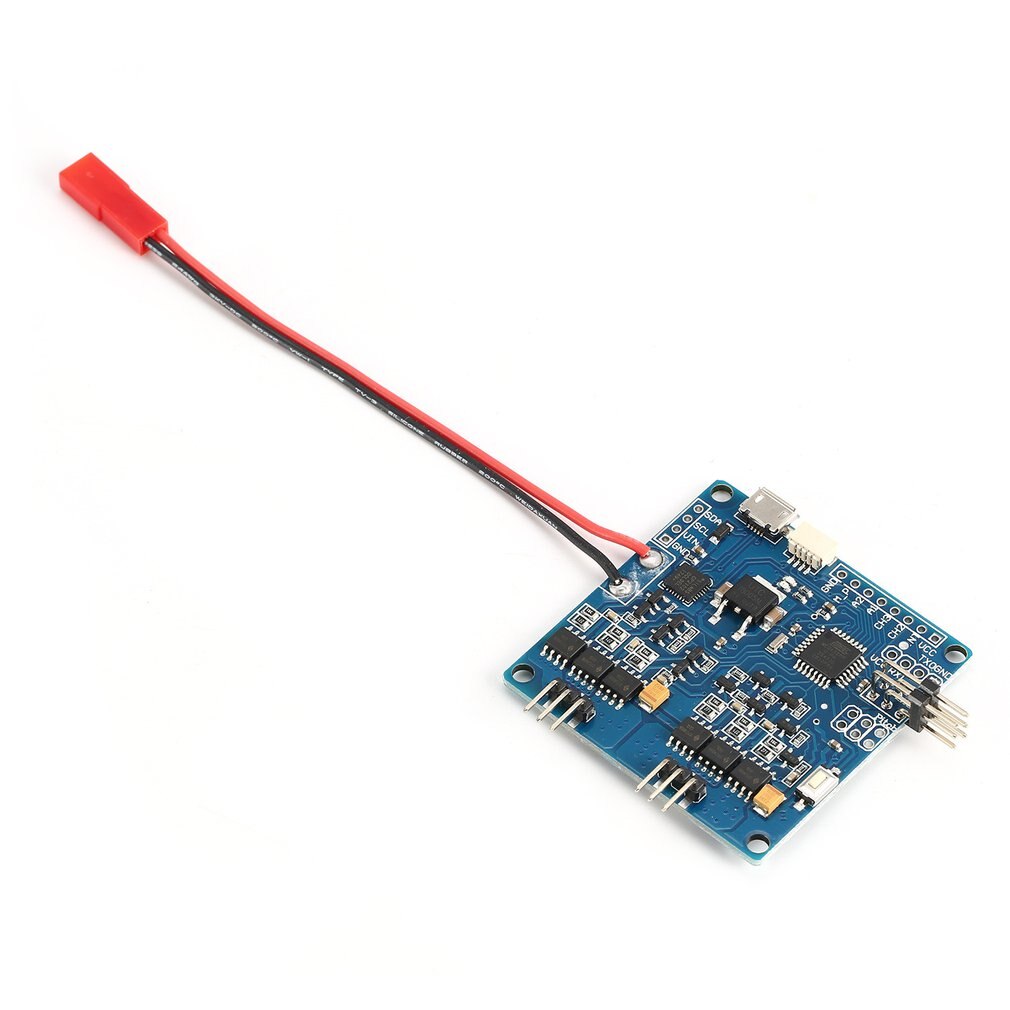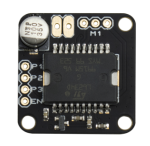BLDC Driver configuration



Arduino SimpleFOClibrary implements support for two types of BLDC driver control interfaces:
Classes BLDCDriver3PWM and BLDCDriver6PWM provide an abstraction layer of all the hardware/platform specific code for all the supported platforms: atmega328, esp32, stm32 and teensy. They implement:
- PWM configuration
- PWM frequency
- PWM center-alignment
- Complementary channel (6PWM)
- Dead zone/dead time (6PWM)
- PWM duty cycle setting
- Voltage limiting
These classes can be used as stand-alone classes and they can be used to set certain PWM value to the BLDC driver outputs, see example codes in utils > driver_standalone_test. In order for FOC algorithm to work the BLDCDriverxPWM classes are linked to a BLDCMotor class which uses the driver to set the appropriate phase voltages.
The driver code is written in a way to support as many different drivers out there as possible and in a way to be fully interchangeable.
Digging deeper
For more theoretical explanations and source code implementations of the FOC algorithm and the motion control approaches check out the digging deeper section.
